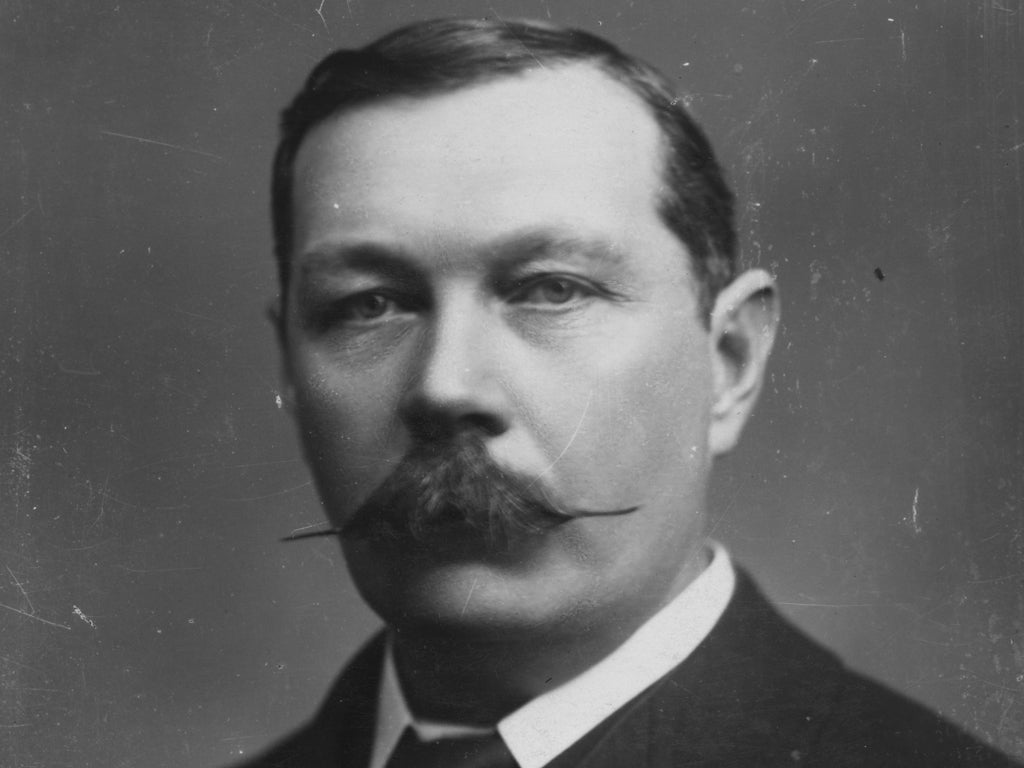Piltdown hoax: Culprit behind one of history’s greatest ruses finally exposed
Arthur Conan Doyle was even suspected of being the perpetrator

Your support helps us to tell the story
From reproductive rights to climate change to Big Tech, The Independent is on the ground when the story is developing. Whether it's investigating the financials of Elon Musk's pro-Trump PAC or producing our latest documentary, 'The A Word', which shines a light on the American women fighting for reproductive rights, we know how important it is to parse out the facts from the messaging.
At such a critical moment in US history, we need reporters on the ground. Your donation allows us to keep sending journalists to speak to both sides of the story.
The Independent is trusted by Americans across the entire political spectrum. And unlike many other quality news outlets, we choose not to lock Americans out of our reporting and analysis with paywalls. We believe quality journalism should be available to everyone, paid for by those who can afford it.
Your support makes all the difference.The culprit behind one of the greatest scientific hoaxes in history has been found after new forensic techniques revealed his identity.
Between 1912 and 1914, museum palaeontologist Arthur Smith Woodward and solicitor Charles Dawson claimed to have discovered fossils which supposedly showed the link between man and ape.
Known as the Piltdown Man, after the area of Sussex the remains were allegedly found, the discovery fooled even the most eminent scientific minds of the time.
It took more than 40 years to discover the hoax.
The new fossil had an ape-like jaw and brain-case like a modern human.
Mr Dawson claimed to have discovered further evidence at a second site, close to the original, prior to his death in August 1916.
Doubts were immediately raised but many thought the amateur archeologist was was incapable of such a sophisticated ruse.

At one point Sir Arthur Conan Doyle, author of Sherlock Holmes, was under suspicion.
Some thought he wanted to mock scientists for ridiculing his spiritualist beliefs.
New research has now revealed that the forgeries were created using a limited number of specimens all constructed using a consistent method – suggesting the perpetrator acted alone.
It is highly likely that an orangutan specimen and at least two human skeletons were used to create the fakes, which are still kept at the Natural History Museum.
The work, which points the finger of suspicion firmly at Mr Dawson, was undertaken by a team led by Liverpool John Moores University and used the latest scientific methods.
Dr Isabelle De Groote, from the university and lead author on the paper which is published in Royal Society Open Science, said: “Although multiple individuals have been accused of producing the fake fossils, our analyses to understand the modus operandi show consistency between all the different specimens and on both sites.
“It is clear from our analysis that this work was likely all carried out by one forger – Charles Dawson.”
DNA analysis found that both the canine tooth planted at the first Piltdown site and the molar from the second probably came from one orangutan.
Holes in the skull bones were filled with dental putty, which was also used to re-set the teeth in the jaw and to reconstruct one of the teeth that fell apart while it was being ground down.
Chris Stringer, human origins expert at the Natural History Museum, said: “Our work shows that a century on, we can add a new chapter to the Piltdown story through new investigative techniques.
“We found surprising evidence that the forger had even removed the molars in order to modify them, and had then replaced them in the jawbone.”
Join our commenting forum
Join thought-provoking conversations, follow other Independent readers and see their replies
Comments